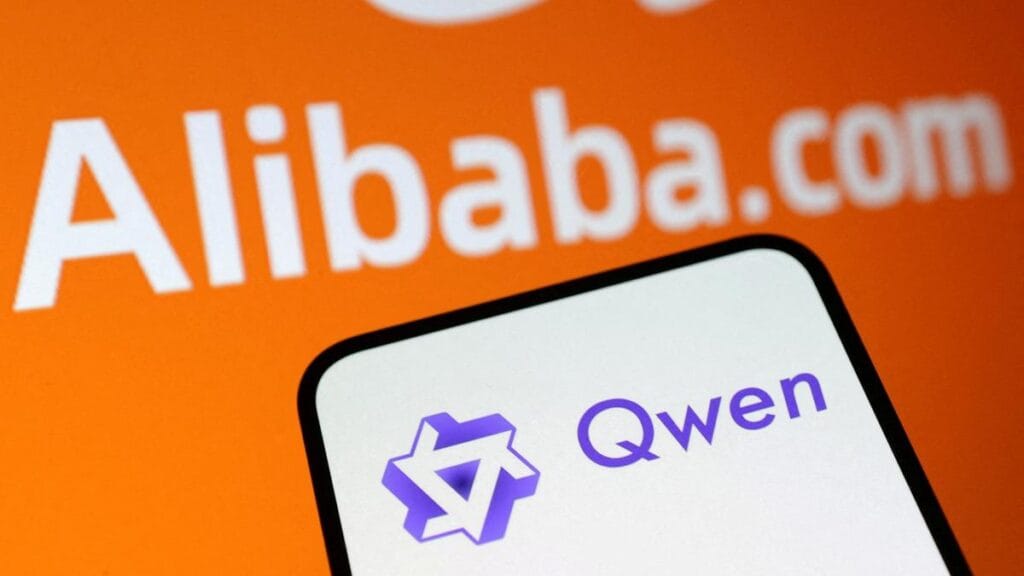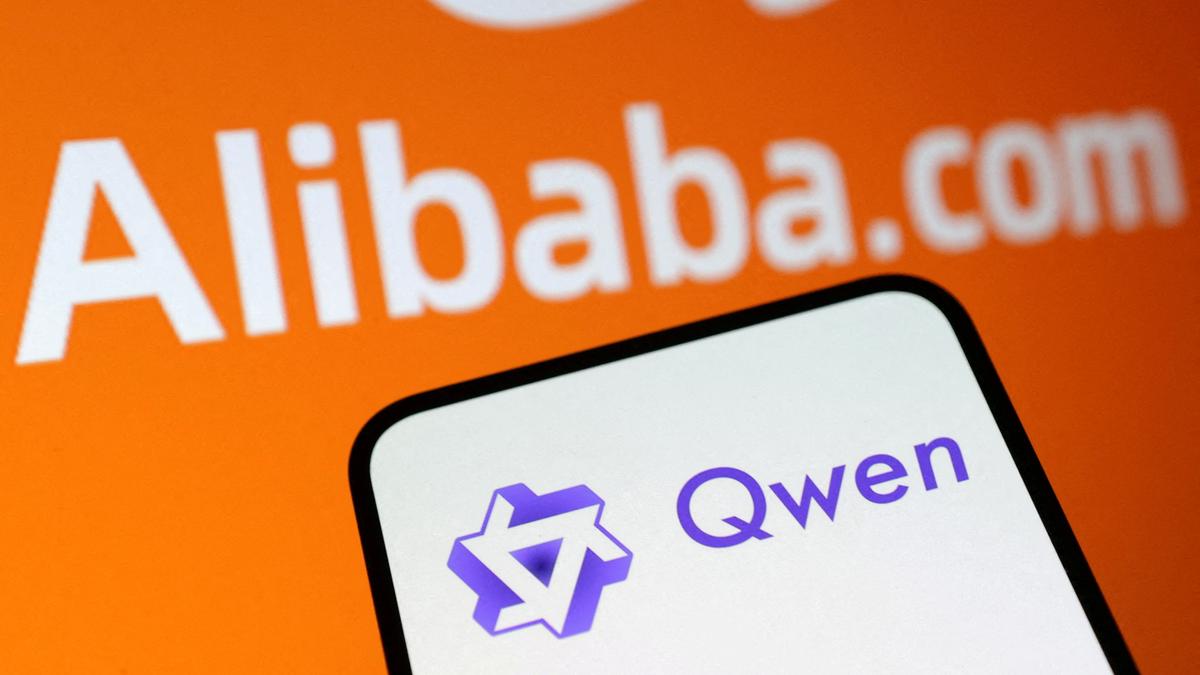Alibaba has officially unveiled its latest large language model family, Qwen 3, marking a major milestone in the Chinese tech giant’s bid to compete with Western AI leaders like OpenAI, Google DeepMind, and Anthropic. As the race to dominate artificial intelligence intensifies globally, Qwen 3 positions Alibaba as a serious contender in the large language model (LLM) arena—offering capabilities that rival GPT-4, Gemini, and Claude.

What Is Qwen 3? A New Generation of Large Language Models
The Qwen 3 model family is the latest version of Alibaba Cloud’s Tongyi Qianwen (通义千问) series—China’s answer to ChatGPT. Qwen 3 includes several models ranging in size and capability, optimized for diverse tasks like code generation, content writing, reasoning, and multilingual understanding.
The Qwen 3 family includes:
| Model | Parameter Size | Notable Features |
|---|---|---|
| Qwen-3-72B | ~72 billion | Flagship model; excels in reasoning and coding tasks |
| Qwen-3-7B | ~7 billion | Balanced performance and efficiency |
| Qwen-3-1.8B | ~1.8 billion | Lightweight model for edge deployment |
| Qwen-3-MoE-A2 | Mixture-of-Experts | Designed for high throughput and lower cost |
Performance Highlights
According to Alibaba Cloud’s internal benchmarks and public comparisons, Qwen-3-72B achieves performance on par with GPT-4, particularly in Chinese language tasks, reasoning, and code completion. It also demonstrates state-of-the-art results on several industry-standard benchmarks such as MMLU, GSM8K, HumanEval, and CMMLU.
Open-Source and Open-Weighted: A Strategic Differentiator
In a move that will resonate strongly with the open-source AI community, Alibaba has released several Qwen 3 models with open weights and a permissive license, following a trend set by Meta’s LLaMA and Mistral AI.
This open approach enables:
- Startups and academic researchers to fine-tune Qwen 3 for specialized applications
- Enterprises to build in-house AI assistants without vendor lock-in
- China’s developer ecosystem to thrive under a more transparent AI infrastructure
Alibaba’s Qwen open-source models are now available on ModelScope, Hugging Face, and GitHub—promoting wide accessibility and fostering innovation across both domestic and international communities.
Key Capabilities of Qwen 3
1. Multilingual Proficiency
Qwen 3 excels in Chinese, English, and several Asian languages, outperforming many Western models in tasks involving nuanced Chinese comprehension.
2. Code Understanding & Generation
The model shows exceptional performance in programming tasks, especially in Python, Java, and SQL, making it suitable for intelligent IDE plugins, chatbot engineers, and automated devops tools.
3. Long Context Understanding
Qwen 3 supports longer context windows, with some models handling up to 128,000 tokens. This makes it ideal for tasks like summarizing long documents, legal contracts, and academic papers.
4. Fine-Tuned Instruction Following
The latest version includes refined instruction-tuned variants optimized for conversational agents, customer service bots, and educational tutors.
Alibaba’s Broader AI Strategy: Qwen as an Ecosystem
With the launch of Qwen 3, Alibaba isn’t just releasing another language model—it’s building a comprehensive AI ecosystem. The model is integrated into Tongyi Tingwu, Alibaba’s AI meeting assistant, and other enterprise applications through Alibaba Cloud’s Model-as-a-Service (MaaS) platform.
Alibaba is targeting enterprise clients with:
- Custom fine-tuning tools
- Vector search and retrieval-augmented generation (RAG) APIs
- GPU-powered inference services via PAI-EAS
This positions Qwen as a backbone for B2B AI applications in finance, logistics, retail, education, and manufacturing.
Implications for China’s AI Landscape
The release of Qwen 3 is more than a product update—it’s a geopolitical signal. As the U.S. imposes tighter restrictions on AI chip exports and foundational model collaboration, China is doubling down on domestic AI capabilities.
Other major players in China, such as Baidu (Ernie Bot), Tencent (Hunyuan), Huawei (Pangu), and Zhipu AI (GLM), have all introduced competing models. However, Alibaba’s Qwen stands out for its technical transparency, open-source initiative, and cloud-based deployment options.
Qwen 3 vs. Western Counterparts
| Feature | Qwen 3-72B | GPT-4 | Claude 3 Opus | Gemini 1.5 Pro |
|---|---|---|---|---|
| Open Source | ✅ (some models) | ❌ | ❌ | ❌ |
| Chinese Performance | ⭐⭐⭐⭐⭐ | ⭐⭐⭐ | ⭐⭐⭐ | ⭐⭐ |
| Reasoning Ability | ⭐⭐⭐⭐ | ⭐⭐⭐⭐⭐ | ⭐⭐⭐⭐ | ⭐⭐⭐⭐ |
| Coding Proficiency | ⭐⭐⭐⭐ | ⭐⭐⭐⭐⭐ | ⭐⭐⭐ | ⭐⭐⭐⭐ |
| Multimodality | ❌ (planned) | ✅ | ✅ | ✅ |
| Long Context Support | Up to 128K | 128K+ | 200K+ | 1M tokens |
Note: Benchmark scores are evolving and based on publicly available data as of April 2025.
Challenges and Considerations
Despite its promise, Qwen 3 still faces hurdles:
- Hardware limitations in China due to U.S. export controls on NVIDIA chips
- Bias and safety concerns in generative output
- Global trust issues tied to regulatory compliance and AI ethics
However, by embracing openness and model transparency, Alibaba may be carving a more globally palatable path than its competitors.
Final Thoughts: Why Qwen 3 Matters
The launch of Alibaba’s Qwen 3 marks a strategic inflection point in the global AI landscape. It represents not just the maturation of China’s AI capabilities, but a broader shift toward open, scalable, and multilingual AI systems built for real-world deployment.
Whether Qwen 3 becomes the cornerstone of future enterprise solutions or serves as a launchpad for regional AI development, its impact will be closely watched—both within China and around the globe.
For developers, enterprises, and policymakers alike, Qwen 3 is more than just another large language model—it’s a harbinger of where the AI world is heading.


